Adopting sustainable practices can lead to substantial savings while also reducing your environmental footprint. Here are 15 practical and cost-effective tips to make your home more eco-friendly. These small changes can add up to significant benefits for both your finances and the planet.
1. Switch to LED Lighting

Image Credit: Shutterstock / Pixel-Shot
Replacing your traditional light bulbs with LED alternatives is an immediate way to cut down on energy use and costs. LEDs last longer and consume significantly less electricity.
2. Install Low-Flow Water Fixtures
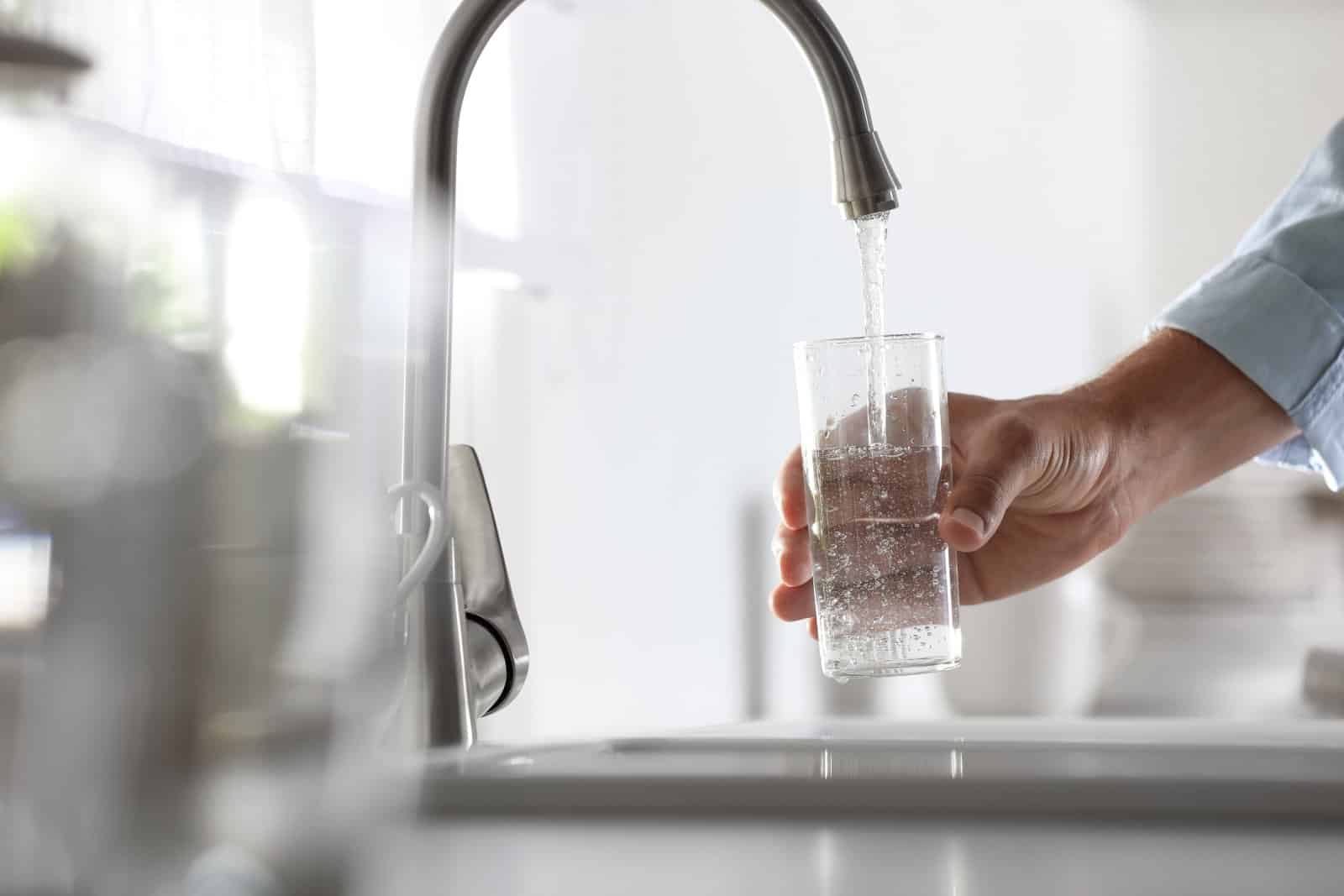
Image Credit: Shutterstock / New Africa
Low-flow showerheads and faucets can drastically reduce your water usage. This simple change not only conserves water but also lowers your monthly water bill.
3. Use Programmable Thermostats
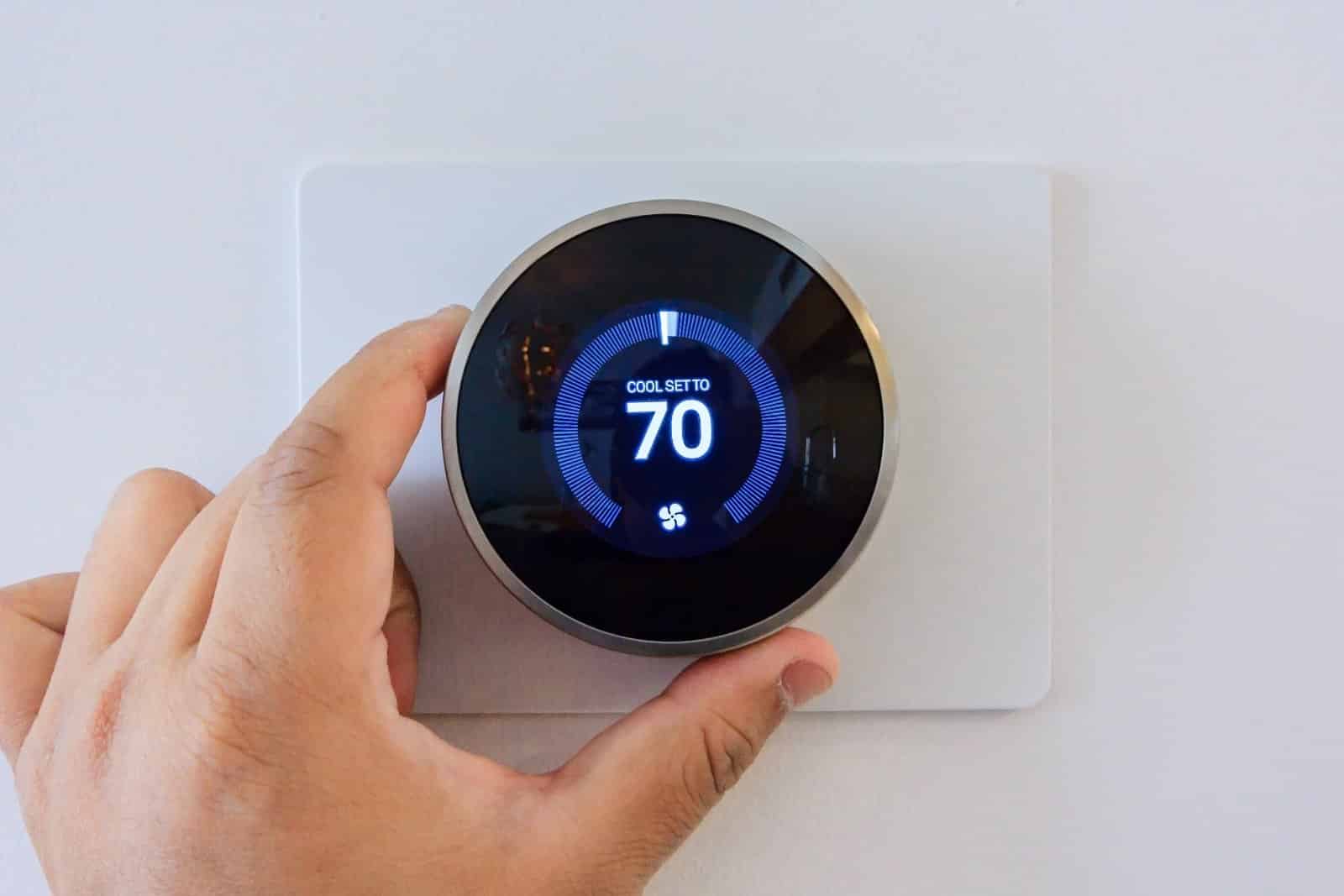
Image Credit: Shutterstock / NavinTar
A programmable thermostat allows you to customize your heating and cooling schedule, reducing energy consumption when you’re not home. This can lead to considerable savings on your energy bills.
4. Embrace Natural Cleaning Products

Image Credit: Shutterstock / Arturs Budkevics
Switching to natural cleaning products reduces the presence of harmful chemicals in your home and the environment. Many of these can be made from items you already have in your pantry, like vinegar and baking soda.
5. Opt for Second-Hand and Recycled Furniture
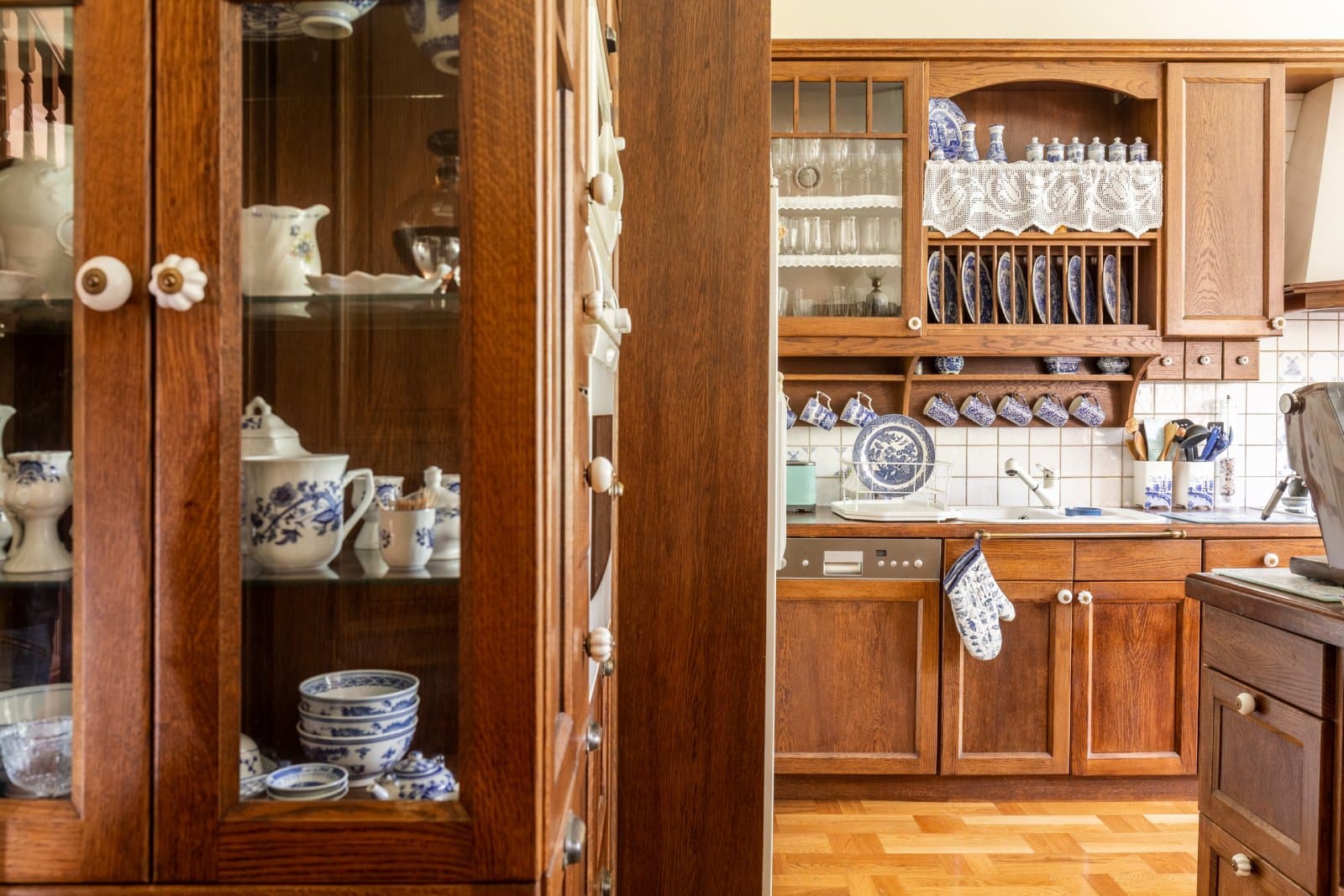
Image Credit: Shutterstock / Ground Picture
Buying second-hand furniture or pieces made from recycled materials can save you money and reduce your carbon footprint. Check out local thrift stores or online marketplaces for deals.
6. Grow Your Own Herbs and Vegetables

Image Credit: Shutterstock / Nejron Photo
Starting a small garden can be a rewarding way to produce your own food and cut down on grocery bills. Even a few pots on a balcony or windowsill can yield a useful crop.
7. Seal Windows and Doors
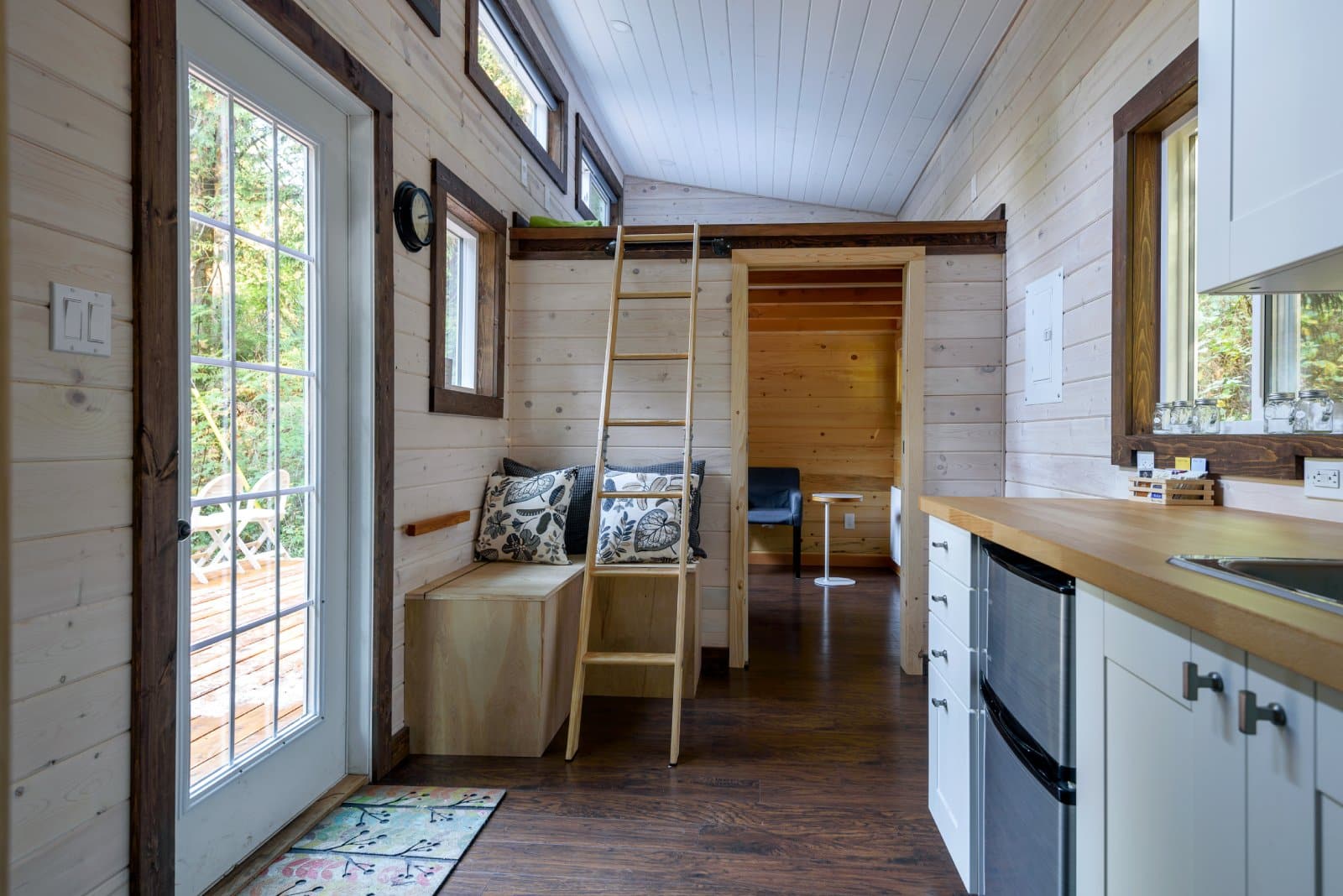
Image Credit: Shutterstock / ppa
Improving the insulation of your home by sealing off drafts around windows and doors can significantly improve your energy efficiency. This is an inexpensive fix that can have big impacts on heating and cooling costs.
8. Invest in Energy-Efficient Appliances

Image Credit: Shutterstock / gcafotografia
When it’s time to replace old appliances, choosing those that are energy-efficient can be a wise investment that pays off in the long term through reduced energy usage.
9. Practice Water Conservation
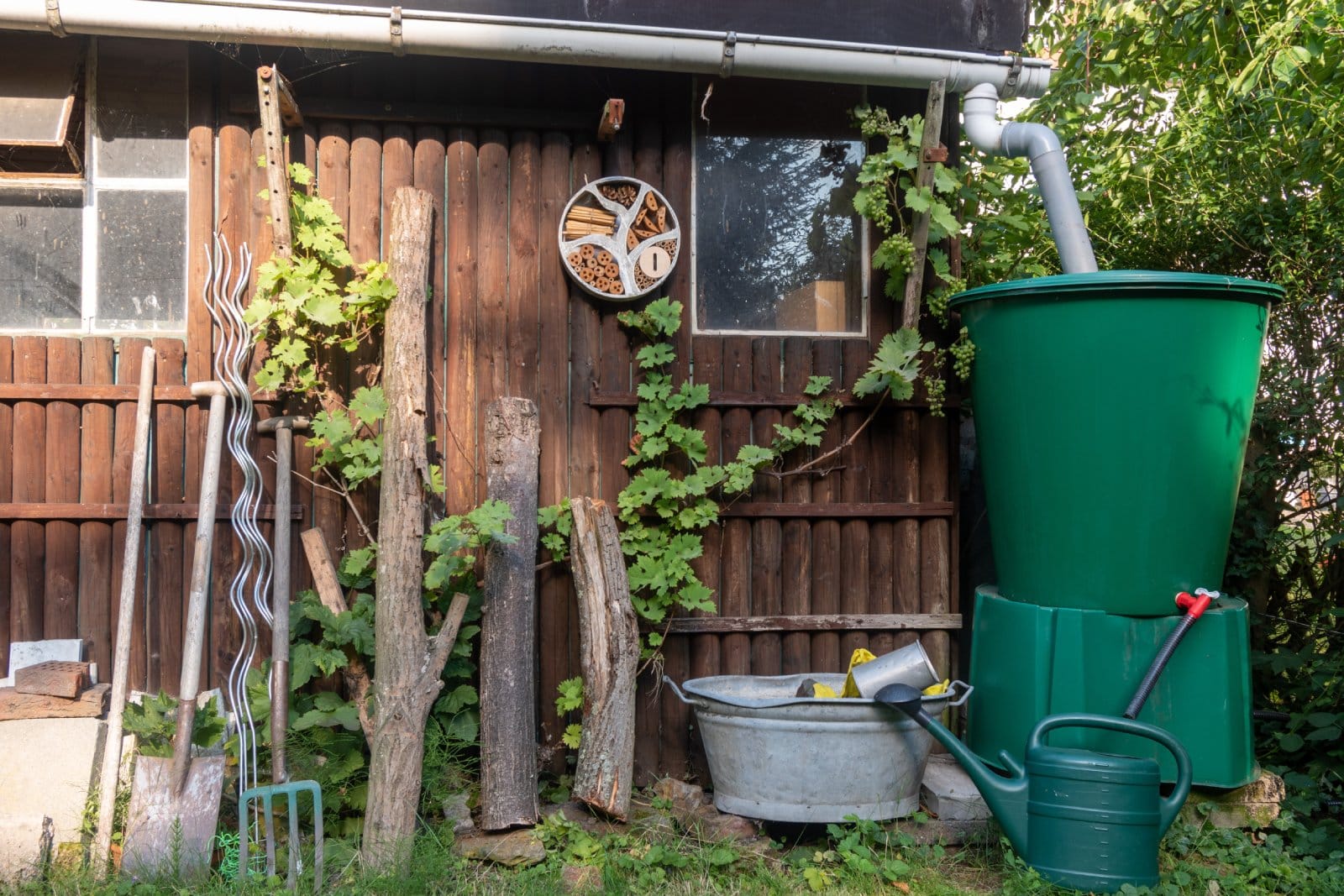
Image Credit: Shutterstock / Delovely Pics
Collecting rainwater for garden irrigation and fixing leaky faucets are easy ways to conserve water and reduce your utility expenses.
10. Use Smart Power Strips

Image Credit: Shutterstock / GBJSTOCK
Smart power strips can help save electricity by turning off power to devices that go into standby mode. This reduces ‘phantom’ energy use, which can account for a significant portion of a home’s energy bill.
11. Insulate Your Home Properly

Image Credit: Shutterstock / Hanna Tsymbaliuk
Adding proper insulation to your attic, walls, and floors can dramatically reduce the need for heating and cooling, saving energy and money.
12. Choose Sustainable Flooring
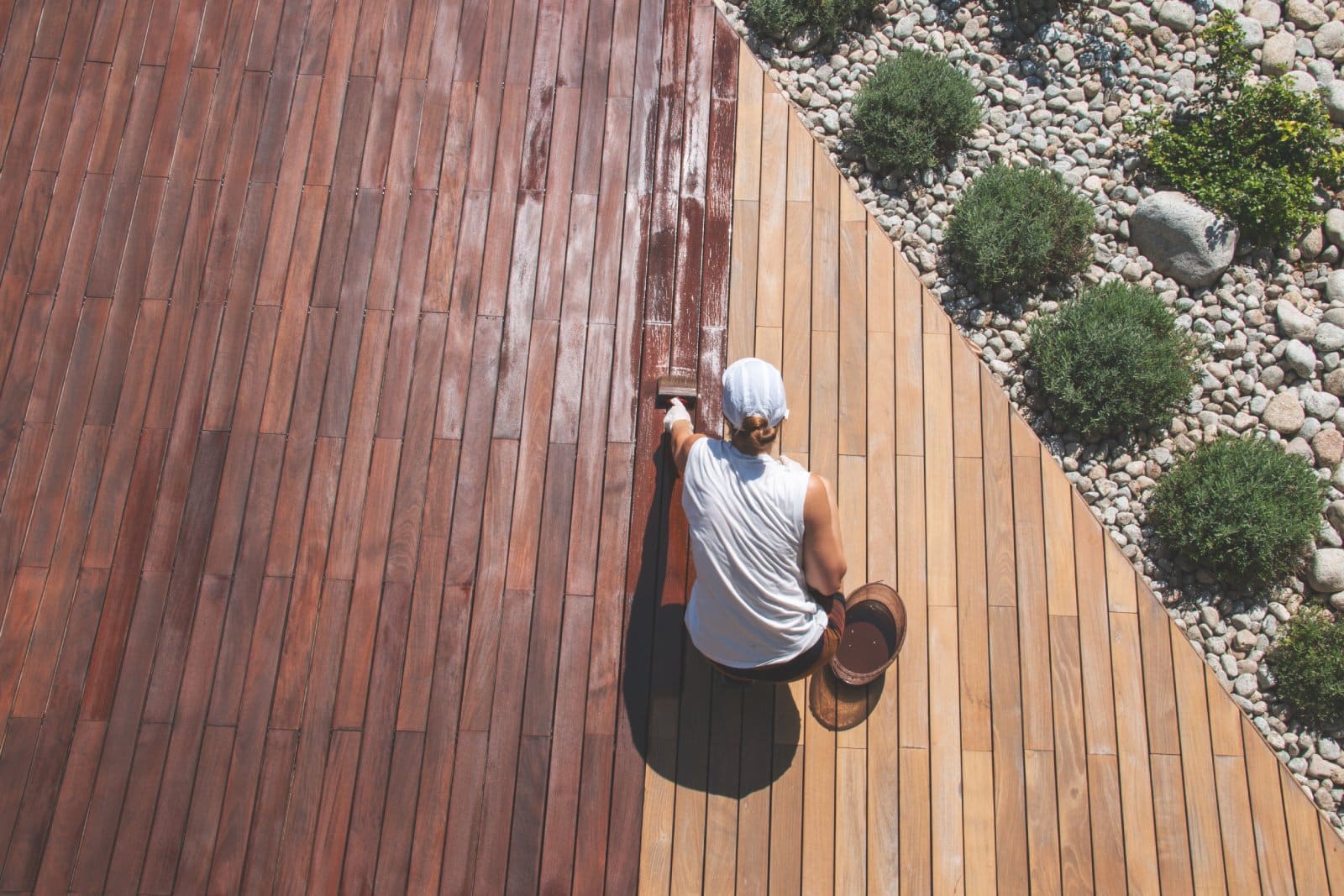
Image Credit: Shutterstock / Radoslav Cajkovic
Opt for eco-friendly flooring options like bamboo or recycled materials. These sustainable choices are not only environmentally friendly but also add a unique aesthetic to your home.
13. Recycle and Compost
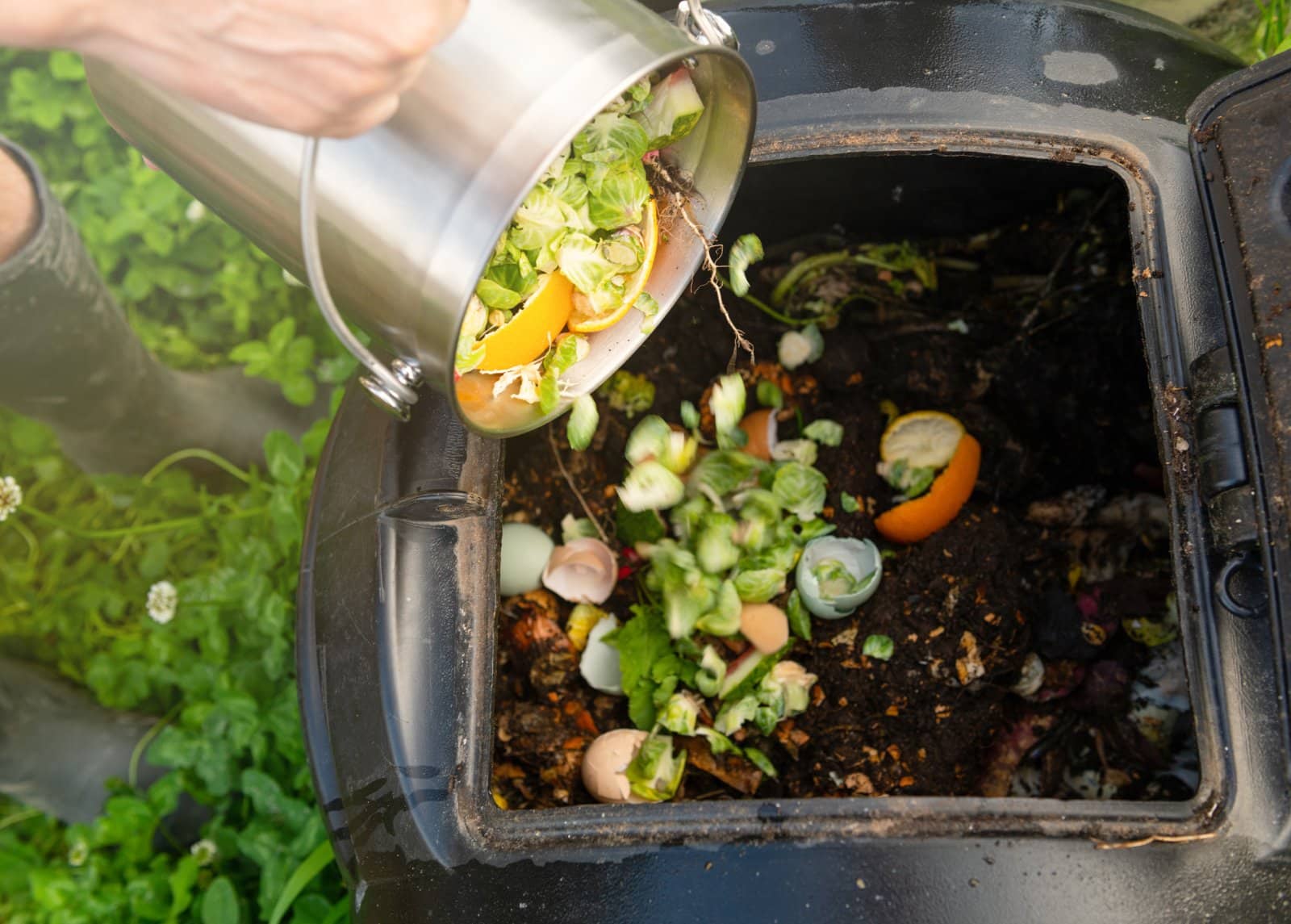
Image Credit: Shutterstock / Anna Hoychuk
Set up a recycling system and start composting kitchen scraps to reduce waste and provide excellent material for your garden, reducing the need for chemical fertilizers.
14. Use Solar Lights Outdoors
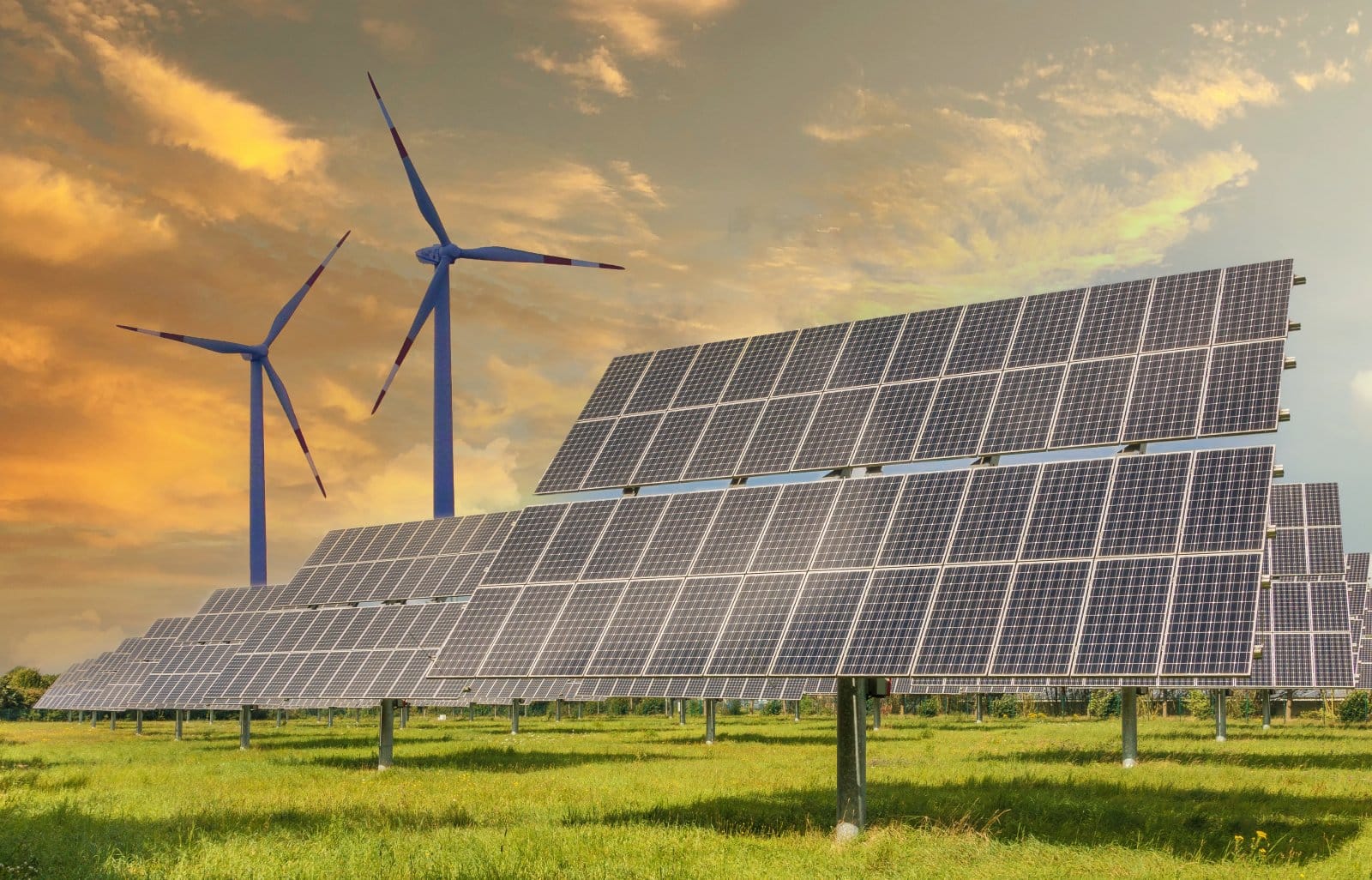
Image Credit: Shutterstock / Mr. Kosal
Solar-powered outdoor lights are a cost-effective, sustainable choice for lighting your garden or walkway without increasing your electric bill.
15. Educate Yourself and Family

Image Credit: Shutterstock / AnikaNes
The most crucial step in creating an eco-friendly home is continuous education on sustainable practices. Engage with community programs or online resources to stay informed.
Closing Thoughts

Image Credit: Shutterstock / fizkes
By implementing these frugal, eco-friendly tips, not only do you save money, but you also contribute to a healthier planet. Every small change adds up to a significant impact over time.
The post How to Go Green at Home Without Breaking the Bank first appeared on EcoHugo.
Featured Image Credit: Shutterstock / Ground Picture.
The content of this article is for informational purposes only and does not constitute or replace professional financial advice.
For transparency, this content was partly developed with AI assistance and carefully curated by an experienced editor to be informative and ensure accuracy.


